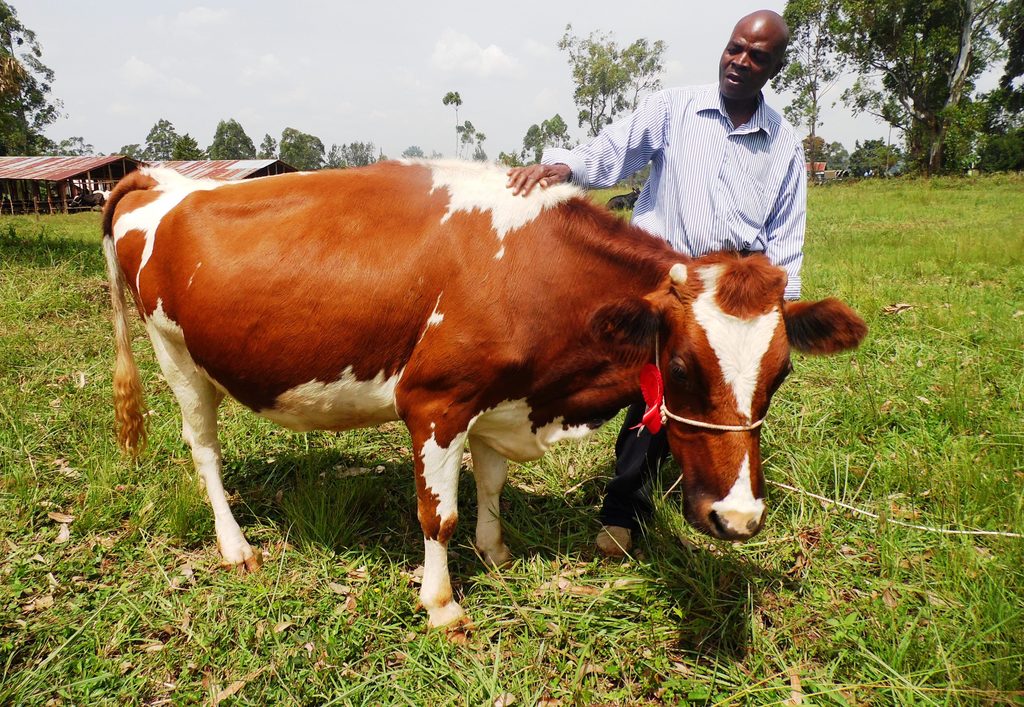A mixed farmer, who installed a biogas digester in 2012, has saved close to Sh40,000 spent on buying kerosene with the help of one exotic cow, an ayrshire.
Isaac Shilaro feeds the biodigester with about 100 litres of cow dung mixed with water once in three months.
The digester has a storage chamber that allows for gradual releases of the gas, even after complete breakdown of the contents.
“The system is powering my main house, the kitchen, children’s residence, the toilet as well as the cow shed. I no longer know the cost of kerosene,” he says.
His main house has three bulbs, while the kitchen, cow shed and toilet have one each. The children’s house has two, with one in the study room while the second one is in the bedroom.
Drying cow dung
Shilaro opens the digester once every three months for refilling with the dung he has collected and dried while the system was closed.
Drying reduces decomposition as he piles it up.
“The system requires 60 litres of water and 40 kg of cow dung. This makes a concoction of 100 litres. Sometimes when I fail to get enough dung-especially on dry season-I rely on my neighbours,” he said.
One litre is equivalent to a kilo in measurements.
What it costs
The digester was fixed at the end of 2012 with the help of a subsidy from the Germany international cooperation, GIZ. He paid Sh40,000.
Before the installation, the farmer used to buy 10 litres of kerosene after three weeks to fuel two lanterns- one for his main house and another for the two sons’ residence.
Besides the smoke from the lantern being a health hazard, it was tedious to raise about Sh700 at once if it happened when he had no cash. They had to be in darkness for days.
The smoke, more-so from the kitchen wick tin, was irritating to the eyes and respiratory system to the family after prolonged exposure, he said.
Fuel prices since 2013 have been fluctuating between Sh80 and Sh48.
Taking an average cost of Sh65 per litre, for the 182 weeks from January 2013 to June 2016, he saved Sh39,433 cumulatively from 607 litres of kerosene.
The end product from the digester is fertiliser for his napier grass, boma Rhode fodder, maize and vegetable orchard at his home in in Bukura Village, Kakamega County.

















Comments powered by CComment